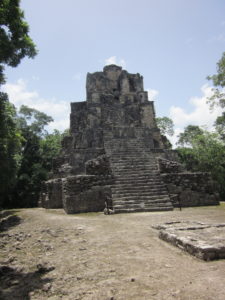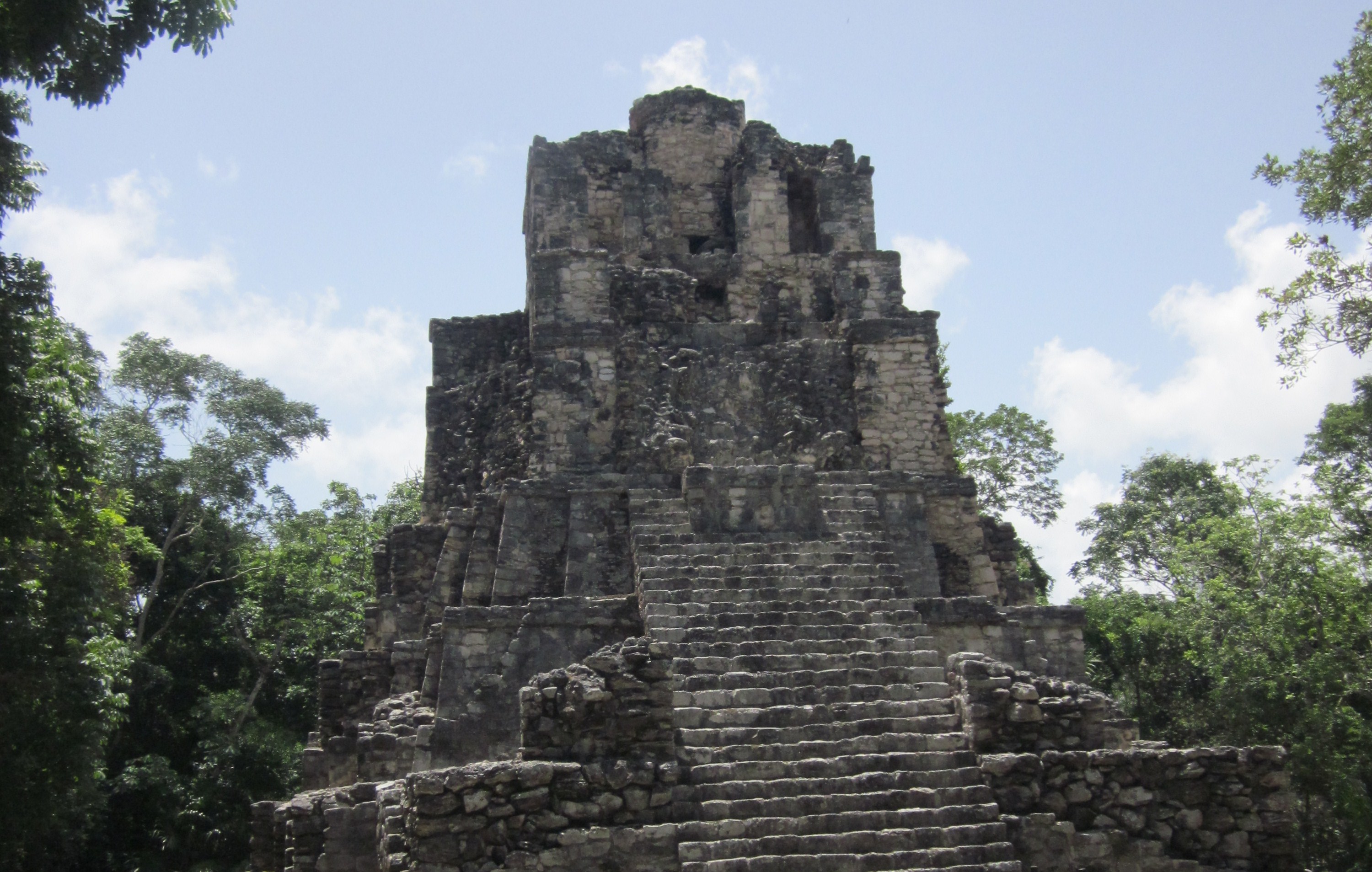02 August 2018
Letter From Yucatan
Mexican rainforest.
By William Morton
 Yucatan is not one’s film-inspired idea of Mexico – a desert studded with cacti stretching away to distant hills. It is carpeted with rainforest, receives substantial rainfall and is teeming with birds and other wildlife. The rainforest sits on a bed of limestone which has been penetrated by water and contains underground rivers. The ground is perforated by cenotes or sinkholes and one of the pleasures of Yucatan is swimming in the freshwater pools exposed by the sinkholes which usually connect to extensive cave systems, which can be explored.
Yucatan is not one’s film-inspired idea of Mexico – a desert studded with cacti stretching away to distant hills. It is carpeted with rainforest, receives substantial rainfall and is teeming with birds and other wildlife. The rainforest sits on a bed of limestone which has been penetrated by water and contains underground rivers. The ground is perforated by cenotes or sinkholes and one of the pleasures of Yucatan is swimming in the freshwater pools exposed by the sinkholes which usually connect to extensive cave systems, which can be explored.
The main tourist centre of Yucatan is Cancun, which used to be small a fishing settlement. In the 1970s, with the encouragement of the Mexican government, development began and it is now a major American playground. Miami is less than 2 hours away by air and Cancun airport is Mexico’s busiest for international traffic. The tourist district sits on a lagoon and is a continuous string of hotels. While it does not appear to be as bad as the longer-established Acapulco, Cancun has a violent side (‘5 killed, 3 injured in shootout in resort city’ 28.7.18) but in both places it would appear efforts are made to shield the main tourist areas and one did not feel unsafe in Yucatan.
Yucatan was, of course, the centre of the Maya civilisation and contains numerous major archaeological sites such as Chichen Itza. After the Spanish conquest of the area, which occurred some years after the defeat of the Aztecs and the capture of Mexico City in 1521, the Maya were reduced to working on estates owned by Spaniards as indentured labour. Mexico has a long history of violence and the exploitation by those of Spanish descent led to a major and long-running rebellion by the Maya against them (from 1847 until 1901) known as the Caste War. Under the Spanish colonial system, the population was divided into classes with Spanish officials forming the top class and native Indians such as the Maya the bottom one. During the rebellion, the Maya controlled large areas of Yucatan and a cult developed among the rebels based on a vision of a talking cross. At one point, the UK government even recognised one Mayan area as a de facto independent country because of its trade links with the British colony of Belize.
Mexico has a vast pool of labour, a shortage of jobs and a huge gap between rich and poor (Carlos Slim, who vies with Warren Buffett and Bill Gates for the title of richest person in the world, is a Mexican of Lebanese descent). Yucatan is not listed as one of the poorest areas of Mexico but demonstrates all these features. Our hotel had teams of waiters and chambermaids, groundsmen who cut the grass with hand shears and, at the bottom of the pile, the chaps with the Forth Bridge type job of clearing the seaweed from the beach every day. A routine sight on the roads are pickup trucks packed with men on their way to or from work. This abundance of labour must have an impact on wages and one has to suspect there is widespread poverty exemplified by the polite children who tramp the beaches all day selling souvenirs with little obvious success.
However, it is easy to forget Mexico’s problems lying under the coconut palms and watching pelicans and terns diving for fish in the sea while frigate birds circle overhead.


